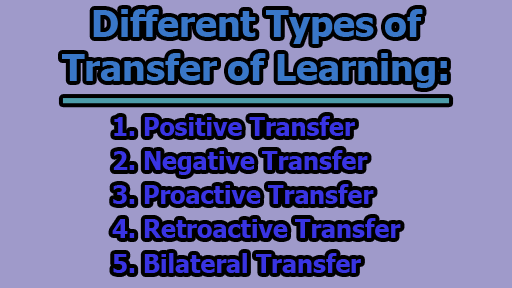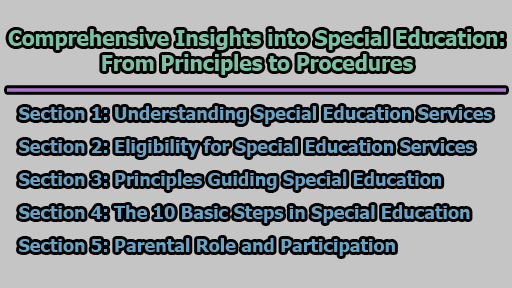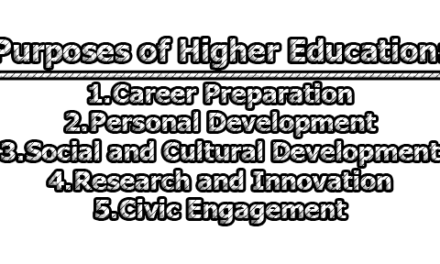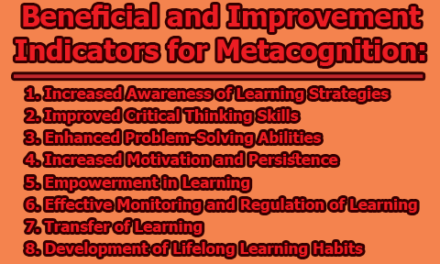Different Types of Transfer of Learning:
Learning is a dynamic and lifelong process that extends far beyond the confines of a classroom. One of the most intriguing phenomena in the realm of learning is the concept of “transfer of learning.” This concept refers to the ability to apply knowledge or skills learned in one context to a different but related context. Understanding the various types of transfer of learning is essential for educators, trainers, and learners alike. In this article, we will explore different types of transfer of learning.
1. Positive Transfer: Positive transfer occurs when previously acquired knowledge or skills enhance a person’s ability to learn or perform in a new context. It is often seen as a desirable outcome as it promotes efficiency and effectiveness in learning. Let’s delve into some practical examples to better understand positive transfer.
Example 1: Language Learning: Imagine you are learning Spanish as a second language, and you have already mastered French. In this case, your knowledge of French, particularly in areas where the two languages share similarities in grammar or vocabulary due to their common Latin roots, can positively transfer to your Spanish learning. For instance, understanding the concept of gendered nouns in French (masculine and feminine) can help you grasp a similar concept in Spanish, making it easier to learn and remember.
Example 2: Musical Instruments: Suppose you have learned to play the piano proficiently and now wish to learn the guitar. Your understanding of musical notation, rhythm, and even finger dexterity from playing the piano can positively transfer to your guitar learning journey. This transfer can expedite your progress in acquiring guitar-playing skills.
Example 3: Problem-Solving Skills: In the workplace, employees often encounter various problem-solving scenarios. If an employee has experience dealing with complex customer service issues, the problem-solving skills acquired in that context can positively transfer to other job roles, such as managing inventory or coordinating projects. The ability to analyze situations, make informed decisions, and communicate effectively is transferable across diverse work contexts.
2. Negative Transfer: Negative transfer, on the other hand, occurs when prior knowledge or skills hinder a person’s ability to learn or perform in a new context. While it is not as desirable as positive transfer, understanding negative transfer can help educators and learners identify potential pitfalls and mitigate their effects.
Example 1: Driving a Different Vehicle: If you are an experienced driver of an automatic transmission car and then attempt to drive a manual transmission vehicle, your prior knowledge of driving an automatic may negatively transfer. In this case, you may inadvertently apply the wrong skills, such as trying to use a clutch that doesn’t exist in an automatic car, leading to a challenging and potentially frustrating experience.
Example 2: Language Pronunciation: When learning a new language with distinct phonetic features, negative transfer from your native language’s pronunciation can lead to mispronunciations. For instance, if you are a native English speaker trying to learn Mandarin Chinese, your English pronunciation habits may negatively transfer, causing difficulties in producing accurate Mandarin tones.
Example 3: Programming Languages: In the realm of computer programming, negative transfer can occur when a programmer proficient in one programming language attempts to work with a radically different language. For instance, if a programmer is skilled in Python and then transitions to a language like Lisp, the programmer may struggle initially due to negative transfer, as the syntax and programming paradigms of the two languages are markedly different.
3. Proactive Transfer: Proactive transfer refers to the influence of previously acquired knowledge or skills on learning new information or skills in the future. It occurs when earlier learning facilitates the acquisition of related knowledge or skills. Let’s explore some practical examples of proactive transfer.
Example 1: Mathematics: Suppose you have a strong foundation in basic arithmetic and algebra. When you start learning calculus, your prior knowledge of algebraic concepts and equations can proactively transfer to help you understand and solve calculus problems more effectively. The algebraic rules you’ve learned are foundational to higher-level math, making the transition smoother.
Example 2: Learning New Software: In the rapidly evolving world of technology, employees frequently need to adapt to new software applications. If an individual has previous experience using similar software programs, the proactive transfer of skills such as navigating user interfaces or understanding common terminology can significantly expedite the learning process for the new software.
Example 3: Learning a New Sport: Consider a scenario where someone who has experience playing tennis decides to learn squash. The knowledge of hand-eye coordination, footwork, and strategy from tennis can proactively transfer to the new sport of squash, making the adaptation process quicker and more efficient.
4. Retroactive Transfer: Retroactive transfer is the opposite of proactive transfer; it occurs when newly acquired knowledge or skills influence or hinder the recall or application of previously learned information or skills. While it might seem counterintuitive, retroactive transfer can have a significant impact on the way we learn and remember things. Here are some practical examples.
Example 1: Learning New Software Updates: Continuing with the theme of software, imagine you have been using a specific software application for years, and the company releases a major update with significant changes to the user interface and functionality. After adapting to the new version, you may find it challenging to recall how to perform tasks in the older version because the retroactive transfer of knowledge from the new version has interfered with your memory of the old one.
Example 2: Language Learning: When learning multiple languages simultaneously, retroactive transfer can occur when knowledge of a new language interferes with your recall of previously learned languages. For instance, if you start learning Italian after becoming proficient in Spanish, you might occasionally use Italian vocabulary or grammar when trying to communicate in Spanish, unintentionally retroactively transferring elements from the newer language.
Example 3: Changing Study Habits: Consider a student who has developed effective study habits over the years, which involve structured routines and dedicated study times. If this student decides to experiment with a new, less structured approach to studying, the retroactive transfer of the old study habits may make it challenging to adapt to the new method. The well-established routine could hinder the ability to fully embrace the new approach.
5. Bilateral Transfer: Bilateral transfer, also known as cross-transfer, is a unique phenomenon where the transfer of learning occurs in both directions, between two related skills or domains. This means that the knowledge or skills acquired in one context positively impact another, and vice versa. Bilateral transfer has significant implications in sports, music, and cognitive skills development. Let’s explore some practical examples.
Example 1: Sports Training: In the world of sports, bilateral transfer often occurs when athletes engage in cross-training activities. For instance, a soccer player who practices yoga for flexibility and balance may find that the skills and physical awareness gained from yoga positively transfer to their soccer performance. Simultaneously, soccer-specific agility and coordination may also enhance their yoga practice.
Example 2: Music Education: Musicians often experience bilateral transfer when learning to play multiple instruments. For example, a pianist who learns to play the guitar may find that their understanding of musical theory, rhythm, and ear training from piano playing positively transfers to their guitar skills. Likewise, the finger dexterity and coordination developed on the guitar can enhance their piano playing.
Example 3: Cognitive Skills: In cognitive skills development, bilateral transfer can be observed when individuals engage in activities that stimulate both sides of the brain. For instance, practicing a musical instrument involves both creative and analytical thinking. As a result, a musician may find that their problem-solving abilities, creativity, and cognitive flexibility positively transfer to other aspects of their life, such as academic pursuits or professional challenges.
In conclusion, the transfer of learning is a fascinating and essential aspect of the learning process. It influences how we acquire new knowledge and skills, adapt to different contexts, and make connections between our past and present learning experiences. Understanding the various types of transfer of learning, including positive transfer, negative transfer, proactive transfer, retroactive transfer, and bilateral transfer, is crucial for educators, trainers, and learners to harness the full potential of their abilities.
By recognizing these types of transfer and their practical implications, we can make more informed decisions in education, training, and personal development. Whether you are a language learner, a sports enthusiast, a musician, or simply someone seeking to improve your problem-solving skills, the knowledge of transfer of learning can empower you to make connections, overcome obstacles, and achieve your learning goals more efficiently and effectively. Embrace the power of transfer of learning, and you’ll unlock new avenues of growth and development throughout your lifelong learning journey.

Assistant Teacher at Zinzira Pir Mohammad Pilot School and College










